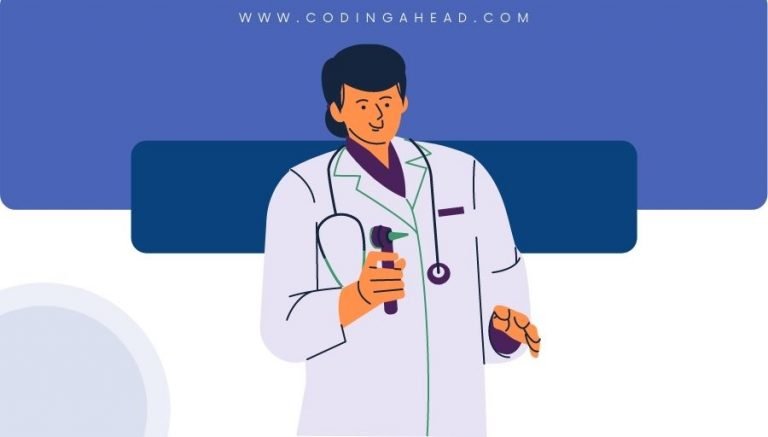How To Use CPT Code 23397
CPT code 23397 describes the transfer of multiple muscles from another location on the patient’s body to the shoulder or upper arm. This article will cover the description, procedure, qualifying circumstances, appropriate usage, documentation requirements, billing guidelines, historical information and billing examples.
1. What is CPT Code 23397?
CPT 23397 can be used to describe the transfer of multiple muscles from one part of the patient’s body to the shoulder or upper arm. This procedure is performed to treat injuries that impair the function of the upper extremity due to damage to the muscles in the upper arm or shoulder.
2. Official Description
The official description of CPT code 23397 is: ‘Muscle transfer, any type, shoulder or upper arm multiple.’
3. Procedure
During the procedure, the provider transfers multiple muscles from another location on the patient’s body, such as the gracilis muscle in the thigh, to the shoulder or upper arm. The provider first dissects the donor muscle and prepares the recipient site in the shoulder or upper arm. The donor muscle is then positioned within the recipient site and fixed into place by suturing one end to the remaining end of the damaged muscle and the other end to the bone. This process is repeated for each muscle transfer needed. The provider irrigates the site, stops any bleeding, and closes the wounds by suturing the layers of tissue together.
4. Qualifying circumstances
CPT 23397 is used when the provider performs multiple muscle transfers in the shoulder or upper arm to treat injuries that impair upper extremity function. This code should be used when there is a need to transfer multiple muscles and not just a single muscle.
5. When to use CPT code 23397
CPT code 23397 should be used when the provider performs multiple muscle transfers in the shoulder or upper arm. If only a single muscle transfer is performed, CPT code 23395 should be used instead.
6. Documentation requirements
To support a claim for CPT 23397, the provider must document the following information:
- Patient’s diagnosis and the need for multiple muscle transfers
- Specific muscles transferred and their locations
- Date of the procedure
- Details of the procedure, including the dissection of the donor muscle, preparation of the recipient site, positioning and fixation of the donor muscle, irrigation, hemostasis, and wound closure
- Any complications or additional procedures performed
- Signature of the provider
7. Billing guidelines
When billing for CPT 23397, ensure that the provider performs multiple muscle transfers in the shoulder or upper arm. This code should not be reported if only a single muscle transfer is performed. There are no specific guidelines regarding reporting CPT 23397 with other codes.
8. Historical information
CPT 23397 was added to the Current Procedural Terminology system on January 1, 1990. There have been no updates to the code since its addition.
9. Similar codes to CPT 23397
Five similar codes to CPT 23397 include:
- CPT 23395: This code is used for the transfer of a single muscle in the shoulder or upper arm.
- CPT 23398: This code is used for the transfer of multiple muscles in the forearm or hand.
- CPT 23399: This code is used for the transfer of multiple muscles in a location other than the shoulder, upper arm, forearm, or hand.
- CPT 23400: This code is used for the transfer of a single muscle in a location other than the shoulder, upper arm, forearm, or hand.
- CPT 23405: This code is used for the transfer of multiple muscles in the lower extremity.
9. Examples
- A patient with a severe rotator cuff tear undergoes a procedure in which multiple muscles are transferred from the thigh to the shoulder to restore upper extremity function.
- An individual who sustained a traumatic injury to the upper arm undergoes a procedure in which multiple muscles are transferred from the back to the upper arm to improve arm movement and strength.
- A patient with a brachial plexus injury undergoes a procedure in which multiple muscles are transferred from the leg to the shoulder and upper arm to restore function and mobility.
- A professional athlete with a chronic shoulder instability undergoes a procedure in which multiple muscles are transferred from the abdomen to the shoulder to enhance stability and prevent further dislocations.
- A patient with a congenital upper limb deficiency undergoes a procedure in which multiple muscles are transferred from the leg to the upper arm to improve overall upper extremity function.
- An individual with a traumatic injury to the shoulder undergoes a procedure in which multiple muscles are transferred from the thigh to the shoulder to restore range of motion and strength.
- A patient with a failed previous shoulder surgery undergoes a procedure in which multiple muscles are transferred from the back to the shoulder to address the previous surgical complications and improve function.
- An individual with a chronic shoulder pain and dysfunction undergoes a procedure in which multiple muscles are transferred from the leg to the shoulder to alleviate pain and improve overall shoulder function.
- A patient with a tumor in the upper arm undergoes a procedure in which multiple muscles are transferred from the thigh to the upper arm to remove the tumor and restore upper extremity function.
- An individual with a severe shoulder arthritis undergoes a procedure in which multiple muscles are transferred from the back to the shoulder to improve joint stability and function.



